
On December 24, 1968, the world watched in awe as American astronauts aboard the Apollo 8 spacecraft read aloud the opening verses of the Book of Genesis while orbiting the Moon. This moment resonated deeply with millions, sparking a dialogue between science and spirituality. However, within the officially atheistic Soviet Union, such expressions of faith remained an impossibility. Remarkably, even though the first Russian cosmonauts were members of the Communist Party, their journeys into space were closely connected with their spiritual life. In various ways, before or after their epic space odysseys, they experienced moments of profound connection with the divine. Their experiences were punctuated by miraculous events, occurring through their faith and prayers and with the mysterious help of the many sacred relics that accompanied them. In this article, we delve into these cosmic encounters, exploring the intersection of faith, science, and the mysteries of the universe.
Faith and Miracles in Space Journeys
Russian cosmonauts have a long tradition of seeking spiritual guidance at the Trinity-Sergius Lavra before embarking on their extraordinary journeys into the cosmos. This tradition, perhaps surprisingly, traces its roots to the very beginnings of space exploration in the Soviet Union. It all began with Yuri Gagarin, the iconic pioneer of human spaceflight, who secretly visited the Lavra in 1965 together with his friend and teacher of the Cosmonaut Training Centre Valentin Petrov. This clandestine visit was followed by Gagarin’s appearance at the plenum of the CPSU Central Committee, advocating for the restoration of Moscow’s Cathedral of Christ the Saviour in order to commemorate the military valour of the Russian people in the war against Napoleon. It also came to light that before his first flight into space, Yuri Gagarin secretly became the godfather of his niece. Had these revelations reached the authorities, his historic journey into space might have faced insurmountable obstacles.

The facts known about other prominent figures in Russian cosmonautics are no less intriguing.Sergei Korolev, a key figure in the Soviet space program, secretly helped the Pyukhtitsa monastery. During the control of Yuri Gagarin’s inaugural flight into space, academic Boris Rauschenbach, overwhelmed by the success, spontaneously crossed himself and exclaimed, “Glory to You, Lord!” in the heart of mission control.
The renowned cosmonaut Alexei Leonov, though not a devout churchgoer, had deep-seated faith in God. He attributed his miraculous escapes from death to divine intervention, recalling a time when he was stranded outside his spacecraft during a spacewalk. In a moment of desperation, he prayed for help, and inexplicably, he safely returned.

Another instance revealed how Leonov’s crew narrowly avoided a fatal accident due to a technical malfunction. Unbeknownst to them, a higher power spared their lives, foreshadowing the imminent danger.
Vladimir Titov faced his share of perils, including a failed docking attempt and a rocket explosion. Miraculously, he survived both incidents, which he considered God’s mercy.
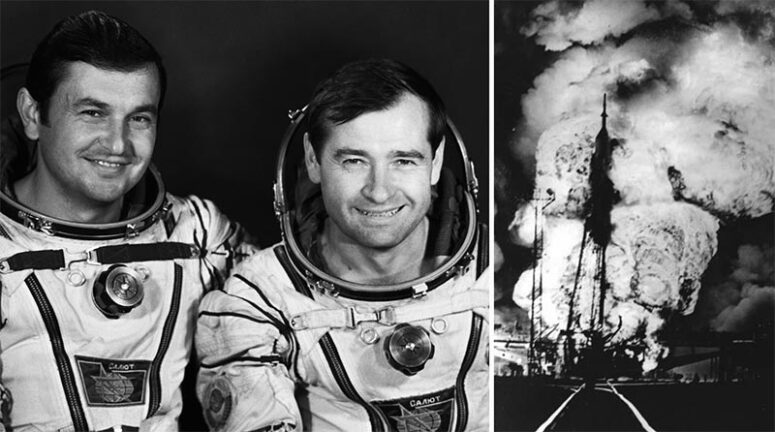
According to an unspoken rule, cosmonauts are not sent into space after two accidents. Vladimir Titov was worried that he would not fly again. He turned to prayer, and with the blessing of Bishop Philaret (Vakhromeyev) his faith deepened. The future Belarusian exarch presented Vladimir Titov with the Kazan icon of the Mother of God, an image of St. Prince Vladimir and a church calendar, from which the cosmonaut learned about a great feast.After the Bishop’s blessing Titov soon had another flight. In 1988, orbiting the earth as the commander of the Mir station, he congratulated the earthlings on the millennium of the Baptism of Russia.Upon arrival on Earth, Titov became baptised.
Valery Korzun, too, experienced a divine encounter. Soon after conversing with Patriarch Alexy II, he faced a fire aboard the Mir station. In a moment of despair, he sought divine help by crossing himself and praying before the Kazan icon of the Mother of God. Remarkably, the flames extinguished themselves, strengthening the cosmonaut’s faith.
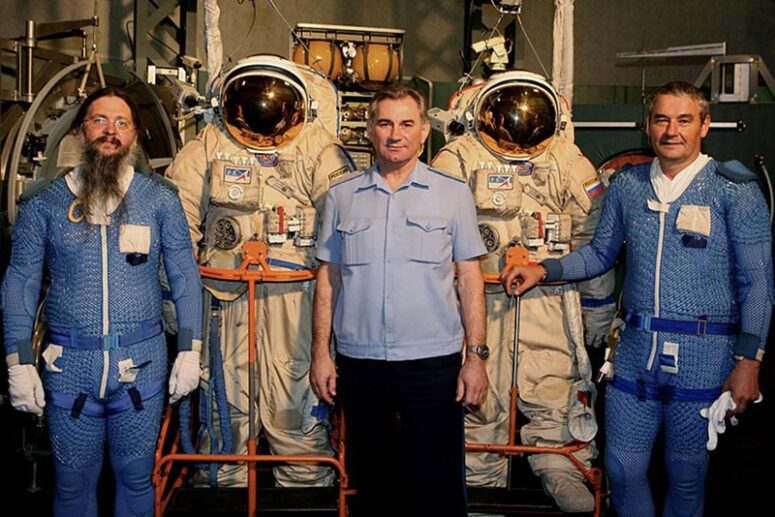
Valentin Polyakov, renowned for the longest spaceflight in history, celebrated Easter aboard the station and openly sang “Christ is Risen!” He returned to Earth with a longing for the spiritual tranquillity of space.

Following the end of the Soviet era, cosmonauts became more open about their faith.
Consecrations of spacecraft were broadcasted on national television, and Roscosmos began inviting priests to all launches.
The opportunity for cosmonauts to communicate with a priest via space video link became a reality. Sacred relics travelled with them into space, affirming the growing connection between faith and space exploration.In 2000, the Baikonur station saw the consecration of a church in honor of St. George the Victorious, while the Church of the Transfiguration in Star City near Moscow was consecrated in 2010. These sacred places offer cosmonauts a spiritual haven amid their rigorous training, serving as a reminder that faith transcends earthly boundaries—even reaching the farthest reaches of the cosmos.

Holy Objects in Space
The tradition of bearing sacred relics during times of adversity has ancient roots, a testament to the enduring connection between faith and human trials. In our modern era, technology has allowed cosmonauts to embark on spiritual “processions” around our planet, extending their blessings to all its inhabitants.
The first sacred items to venture into the cosmos were paper icons, humble in their form yet profound in their purpose. This spiritual odyssey began with the blessing of Hegumen Job (Talats) of the Trinity-Sergius Lavra. He entrusted relics of St. Sergius of Radonezh to the boundless heavens, where they would orbit the Earth 16 times a day during a remarkable six-month sojourn. Yuri Lonchakov, the fortunate cosmonaut selected for this sacred mission, would periodically bless the Earth with these cherished relics. Lonchakov, in awe of the experience, recounted feeling the living presence of the Venerable Saint aboard the space station.
Fragments of relics of the Great Martyrs Theodore Stratelates and Theodore the Tyro, George the Victorious, Seraphim of Sarov, St Peter and St Philip, Metropolitans of Moscow, and even a part of the Life-Giving Cross of the Lord have also been privileged travellers in the realm of the cosmos.
Icons, photographs, and spiritual books have found a permanent abode on the International Space Station, becoming beacons of hope and faith amidst the stars. A “cosmic” relic, the cross presented by His Holiness Patriarch Alexy II to the head of Roscosmos, Anatoly Perminov, has resided on the ISS since 2006, serving as a divine blessing for those who tread among the celestial bodies.
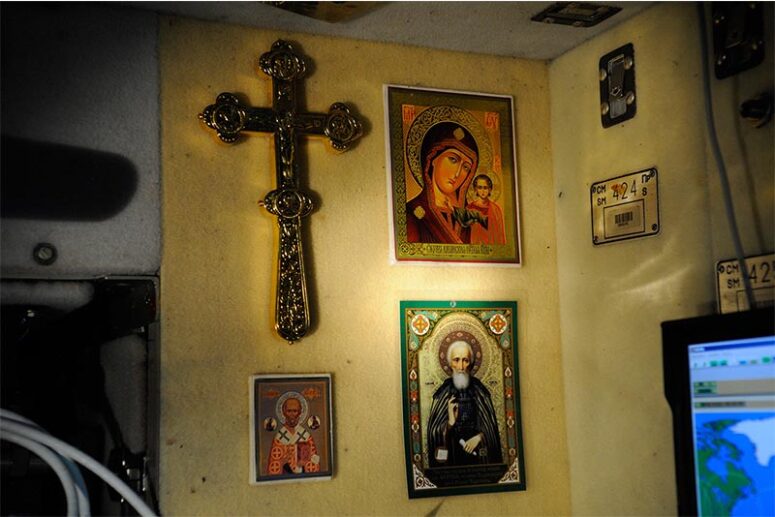
The first written icon to journey into space was the Valaam icon of the Mother of God, the blessing of the Valaam Archimandrite Methodius (Petrov). Despite the high transportation cost, the weighty icon embarked on its celestial voyage, spending two months among the stars and completing 488 orbits around Earth.
However, the Icon’s journey was not without its trials. On the return trip, a dangerous oxygen leak threatened their lives. Renowned cosmonaut Sergei Krikalev, not knowing any prayers at the time, clung to the handwritten icon and prayed for divine intervention. Miraculously, the oxygen leak stopped and they landed safely on Earth. Touched by this profound experience, Sergei Krikalev personally returned the icon to Valaam, sought the solace of confession and received Holy Communion.
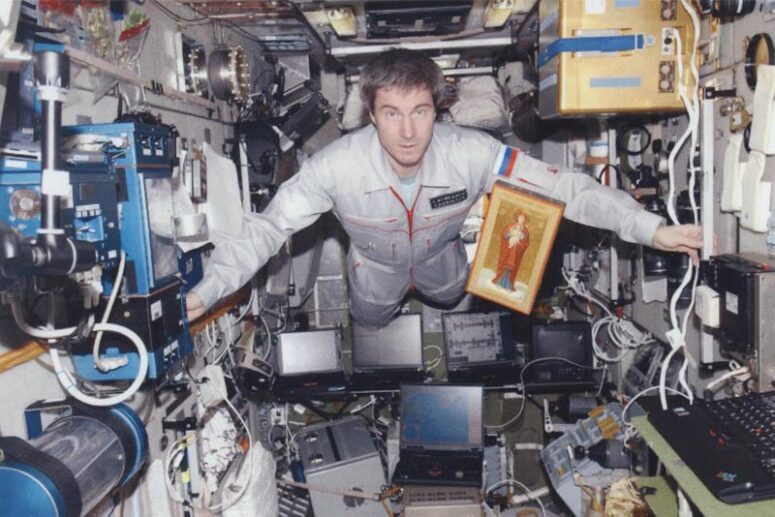
Scripture reminds us that God created the heavens, a concept encompassing both Earth’s atmosphere and the boundless cosmos. Yet, while humanity has conquered extraterrestrial space, the path to the Spiritual World transcends mere rocketry. The heavens, in their truest sense, can only be attained through the purification of one’s heart and a sacred connection with the Holy Spirit. The Lord, in His boundless wisdom, reaches the souls of scholars and astronauts alike. However, it is essential to remember that encountering God need not necessitate a journey beyond our planet’s boundaries. As His words remind us, “The Kingdom of Heaven is within you” (Luke 17:20-21), a profound truth that echoes in the hearts of those who seek the divine, whether amidst the stars or within the sanctity of their own souls.
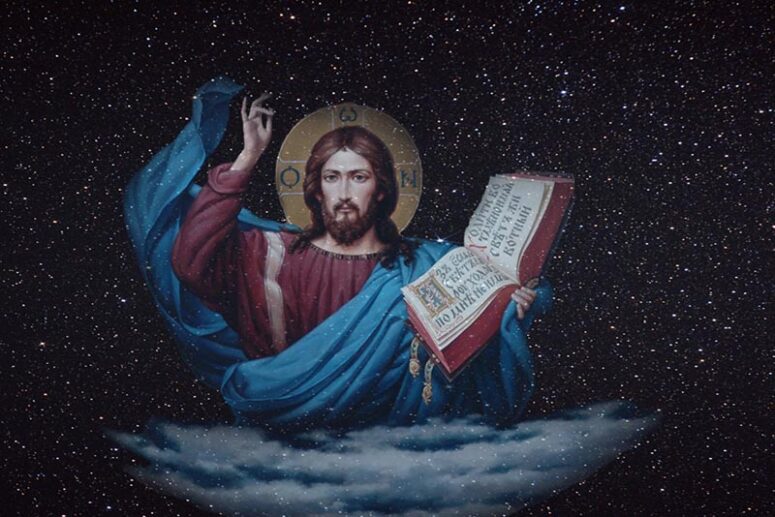



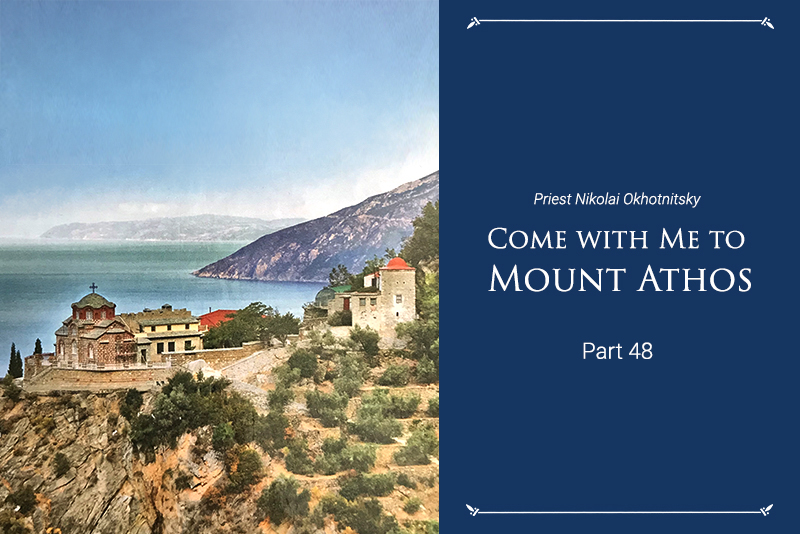

Wonderful article, it shows God’s reach is greater than man’s governing. Glory to God in all things!
Loved it! Very interesting article. Can you expand on this topic? If so, I would like to publish the book here in the USA. If interested, you can email me at archangelsgiftshop@gmail.com
Blessings Theodore
Archangelsbooks.com
Dear Theodore, thank you for your complimentary words about the article. You are doing important work. May God bless your efforts. Unfortunately, I do not have enough information to write a book, nor do I have the time or funding to study this topic further.
Thank you for this encouraging article. What a tremendous blessing that the cosmonauts of faith have been blessing the earth and reaping such personal spiritual riches while serving in space.
Thank you so much! I’m glad that this article was useful to you!